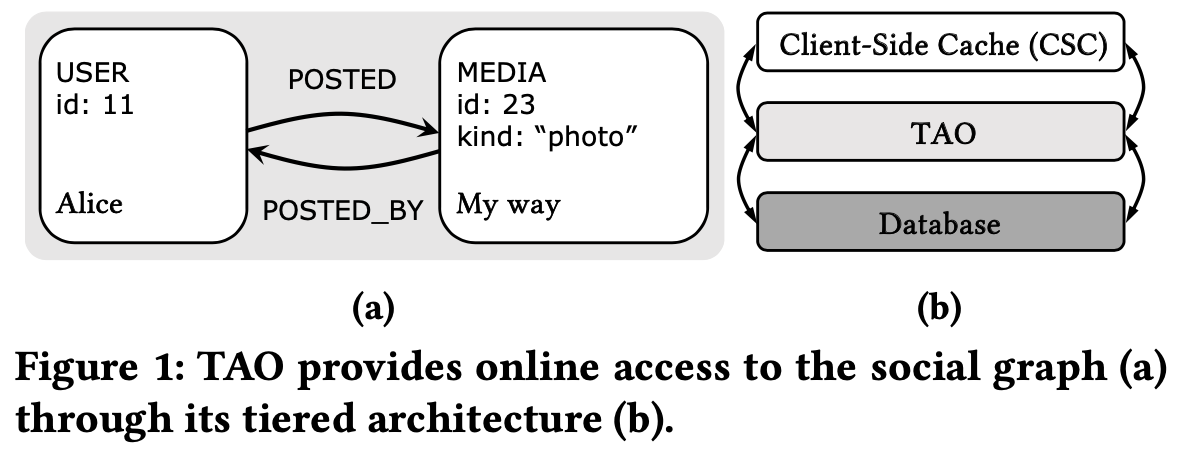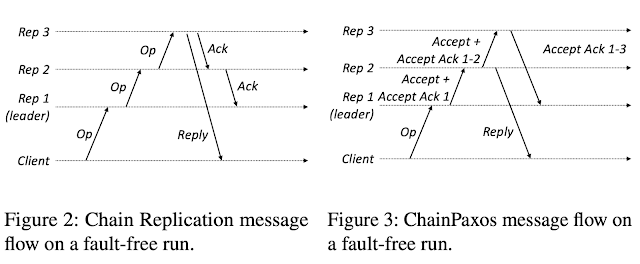TAOBench: An End-to-End Benchmark for Social Network Workloads

TAOBench is an opensource benchmarking framework that captures the social graph workload at Meta (who am I kidding, I'll call it Facebook). This paper (which will appear at VLDB'2022) studies the production workloads of Facebook's social graph datastore TAO, and distills them to a small set of representative features. The integrity of TAOBench's workloads are validated by testing them against their production counterparts. The paper also describes several use cases of TAOBench at Facebook. Finally, the paper uses TAOBench to evaluate five popular distributed database systems (Spanner, CockroachDB, Yugabyte, TiDB, PlanetScale). The paper is a potpourri of many subquests. It feels a bit unfocused, but maybe I shouldn't complain because the paper is full to the brim, and provides three papers for the price of one. TAO TAO is a read-optimized geographically distributed in-memory data store that provides access to Facebook's social graph for diverse products and b









